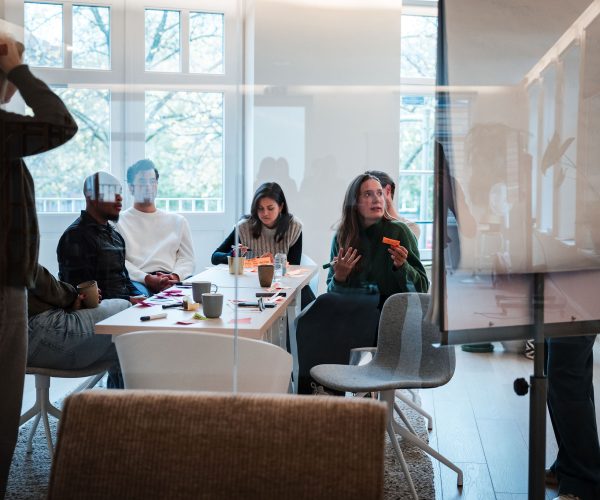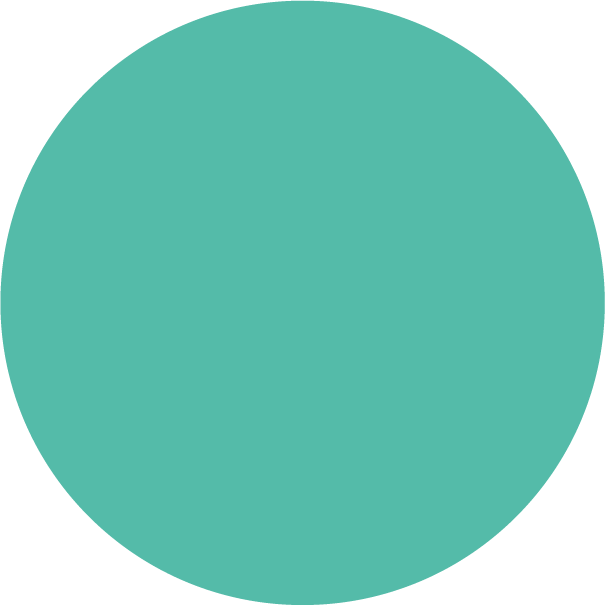Home HR services
People Plan
People Plan
Bind people to your organization with a rock-solid People Plan.
Bunchmark believes that “doing it right” as an employer is a prerequisite for attracting the right people. As is the importance of choosing a clear path and distinguishing yourself. Without losing your authenticity. Go for it!
We help you make a rock-solid promise, also known as an EVP (Employer Value Proposition), to your current and future employees. And that’s not just about a great VrijMiBo and ping pong table. It’s about topics like culture, salary, development opportunities, engagement, onboarding, coaching and so on!





